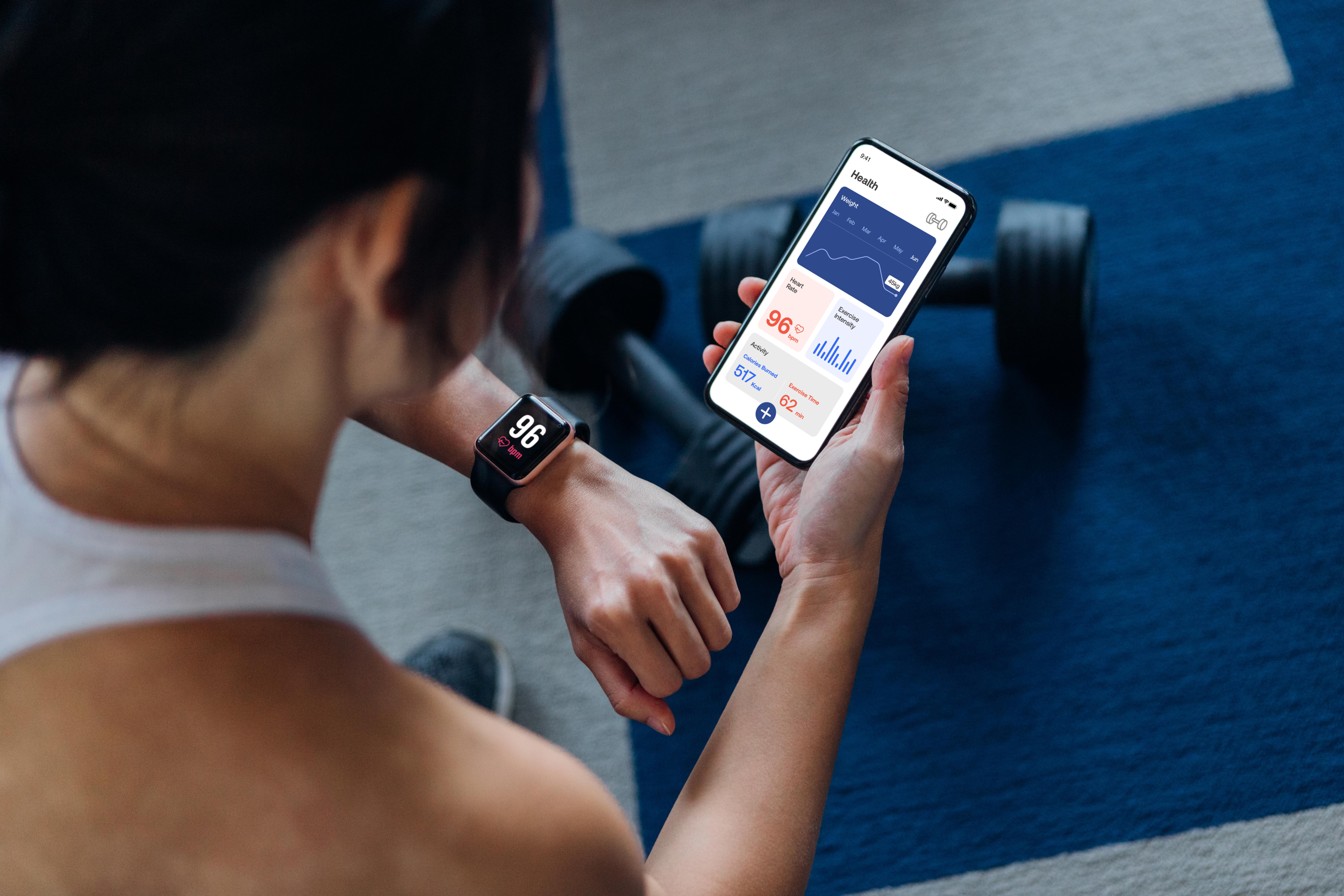If the past two years have taught us anything, it's that companies need to make employee well-being a top priority. That goes double when talking about chronic illness, which impacts 60% of adults in the United States.
Employees with chronic illness face the demands of two jobs: their paying job … and the job of managing their illness.
Fortunately, employers who help fill the support gap can make a big difference. And it’s a win-win, for the employees and your company.
"When we talk about health and well-being and the impact in the workplace, it's imperative we consider presenteeism and absenteeism," says WellRight Well-being Strategy Consultant and industry veteran Courtney Schroeder. "It’s the right thing to do, but if employers don't help employees address chronic conditions, it will ultimately impact their business objectives and bottom line."
Schroeder typically takes clients through an inventory exercise of all their benefits and resources. The aim? To help them figure out how to support the health and well-being of every employee—including those with chronic illness.
How to Support Your Employees With Chronic Illness
Whether it's heart disease, diabetes, cancer, mental illness or another persistent condition, chronic illness can cause a lot of discomfort—and no small amount of stress.
A major source of stress for people dealing with chronic illness is having to navigate a society that views them as the exception, not the norm … or worse, as burdens. Workplace attitudes can all too often follow suit, with companies devaluing employees whose illness requires accommodations.
How can companies do better?
Recognize Common Misconceptions
Sadly, employees with chronic illness often face gossip and criticism.
It's not uncommon for co-workers to misinterpret fatigue as laziness, brain fog as a lack of urgency, and depression as disinterest.
Imagine spending months or years being poked and prodded by various specialists to get a diagnosis, only to have your co-workers doubt that you're sick. It can make a person start to doubt themselves, damaging their emotional well-being and potentially leading to even worse health.
Managers and supervisors may mistake a request for understanding as an expectation of special treatment, when nothing is further from the truth.
What employees with chronic illness really want and need is empathy … and support in finding the best way to use their abilities and skill sets.
Adapt the Job to the Person
Employees with chronic illness want to contribute, so work with them to discover what accommodations will help them thrive at work.
Some of those accommodations may not necessarily fall within the "reasonable accommodations" required by the Americans With Disabilities Act, but if they contribute to your employees' health and well-being, they’re worth considering.
For example, flexible hours and a remote work environment make it easier for chronically ill employees to get their work done in a setting or at a time where they are able to be most productive. This arrangement also lets employees make room for medical appointments, many of which are during standard nine-to-five hours.
Travel is another issue. Your employees with chronic illness may not be able to drive or fly to other places on a moment’s notice, or may need other accommodations to successfully pull off the trip.
Other accommodations to consider include:
- Chairs with extra padding and adjustable footrests to reduce distracting back and bodily pain
- Less frequent (or optional) travel
- Glare-proof monitors to minimize eyestrain
- Voice-to-text apps as an alternative to typing
Which ones should you implement? The key is to ask ... and to be flexible.
Find out what employees need to be comfortable and productive. And then, view a request for accommodation as an opportunity to help that employee be at their absolute best. You might be surprised at how a little bit of flexibility can pay off.
Leverage Your Wellness Platform for Success
When you combine accommodations with a tool like your wellness portal, chronically ill employees have a better chance for success. The structure and features of a comprehensive wellness platform are a great way to help employees dealing with chronic illness.
Help Employees Navigate Benefits
People with chronic disease typically require a care management team that includes a roster of specialists and nurses. That's a lot of coordination, pre-authorizations and so on. Your chronically ill employees can easily become overwhelmed trying to figure out what’s covered. Hosting your benefits and health plan resources within your wellness portal–through tools such as WellRight’s quicklinks feature–is a great way to provide employees with a one-stop-shop for their workplace health.
Provide Health Coaching Services
A health coach can help employees deal with the stress, anxiety, and depression that can go hand in hand with chronic disease. It's often hard for those employees to structure their lives and everything they have going on—including work, doctor's appointments, parenting and family obligations.
Health coaches offer strategies to figure out how to manage it all, along with helpful information and guidance. For a chronically ill employee, having a health coach on their side can be a relief.
Meet Employees Where They Are
At WellRight, we offer multiple modalities for coaching and counseling services to meet employees where they are. Our digital coaching and self-directed counseling options are perfect for employees who don't want to sit by the phone or have to wait for an appointment. They can send a text or web-based message when they want to share a concern and get an answer back quickly. There's no playing phone tag or missing care. It's a service that could prove valuable for chronically ill employees.
Inform Your Workplace About DEI
Informing your employees about disabilities, invisible or otherwise, in the workplace is critical in creating an inclusive workplace. Educational resources through your wellness program are a great way to share information on current DEI practices and policies in an engaging and accessible way.
Creating long-term impact is about incorporating wellness program resources into your existing strategy so you can meet employees where they are. If you bring employees together for an in-person or virtual lunch and learn, send out follow-up activities and courses through your wellness platform with resources like the WellRight University.
Find Opportunities for Equity
When it comes to employee wellness challenges, incentives and rewards, make sure you've considered if they are structured equitably. All your employees should have the opportunity to participate in and benefit from the health and wellness programs you've developed.
To take advantage of a well-being Resource Inventory or to develop a plan to support chronically ill employees in your company, contact us today. At WellRight, we're here to help.



